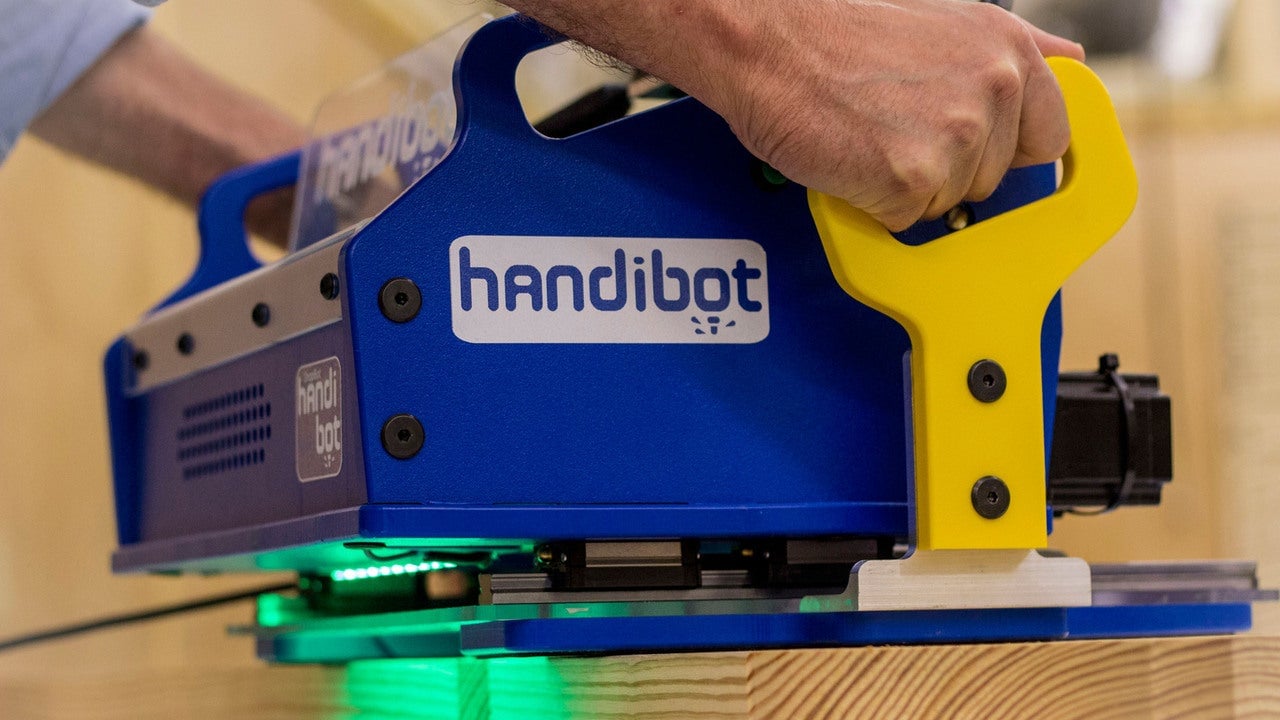Forget 3D printing—3D subtraction is going to arrive in your garage first
A funny thing happened on the way to our supposedly 3D-printed future: A simpler, older, but no less revolutionary technology made its way into every automated factory on earth, and now it’s coming to a garage near you. If you haven’t heard of it, it’s mostly because it has a completely unbankable name—CNC routing (or CNC milling.) Also, unlike the usurper technology 3D printing, which has only lately become popular, CNC milling has been around since MIT pioneered the technology starting in the 1950s.


A funny thing happened on the way to our supposedly 3D-printed future: A simpler, older, but no less revolutionary technology made its way into every automated factory on earth, and now it’s coming to a garage near you. If you haven’t heard of it, it’s mostly because it has a completely unbankable name—CNC routing (or CNC milling.) Also, unlike the usurper technology 3D printing, which has only lately become popular, CNC milling has been around since MIT pioneered the technology starting in the 1950s.
CNC routing is basically the inverse of 3D printing. Instead of using a computer to control a basic armature and print head that deposits plastic or some other material in three dimensions, CNC routing uses a spinning drill bit to carve wood, metal or plastic. It’s the difference between making a sculpture out of clay and carving it from marble, only there’s a robot doing it instead of a human.
And now CNC milling is becoming as accessible as 3D printing. Shopbot, which has made CNC routers since 1996, has launched a Kickstarter crowd-funding effort to launch its Handibot miniature CNC router.
Here’s the cool thing about Handibot: It’s portable. You can pick it up and press it against any object, or just use it on a workbench no larger than a breakfast table. This means that not only is it about the same size (and price) as the average mid-range 3D printer from Makerbot, but it’s also capable of all kinds of things we can only dream of with 3D printing.
Take materials, the bane of 3D printing—or as it’s known in an industrial context, additive manufacturing. It’s possible to use lasers to 3D print metallic dust into parts that can be used in, for example, rocket engines. But the specialized alloys used in the rest of a rocket engine are not something that can be 3D printed. Nor are we about to 3D print wood, the overwhelming majority of plastics, clay, almost all metals or any number of other useful materials that can be carved with a CNC mill. That’s why most 3D printing is limited to small plastic tchotchkes, while CNC milling is already being used to manufacture millions of car parts, critical pieces of countless machines, and furniture.
ShopBot’s Handibot is robust enough to be used in a machine shop, factory or construction site alongside other power tools, which means it could show up in the hands of your local carpenter—professional or otherwise—just as soon as it’s launched. 3D printing has many applications for which CNC routers are not suitable. But given the existing applications of CNC milling, it’s clear that a home-scale CNC router is, in the short term at least, going to get us much closer to the goal of build-it-anywhere distributed manufacturing of which advocates of 3D printing are so fond.